To specify a setup for kalman filtering you need to specify what you want to estimate ('the states') and what you are going to measure ('the observations'). In addition you need to say how the observations depend on the states, that is you need to express the observations as functions of the states, and how to carry the states forward in time, that is you need to express the states at a later time as functions of the states at a earlier time. When talking about the linearity or otherwise of a filter what is being referred to is whether these two sets of equations (the observation equations and the prediction equations) are linear or not. That is, what matters is whether the observations are linear functions of the states, and whether the future states are linear functions of previous states. How either the states or the observations depend on time is irrelevant.
As a toy example suppose we had a 1d system, and could measure position P and accelaration A. As states we could take the position p, velocity v and accelaration a. Then the
observation equations are extremely simple:
P = p
A = a
The prediction equations are only a little more complex: On the left (with ') we have the predicted states at a time t greater than the time of the previously estimated states
p' = p + t*v + 0.5*t*t*a
v' = v + t*a
a' = a
Since each of these sets of equations are obviously linear in p,v and a, the system is linear.
However a real (3d) system could be significantly more complex. For example it could be that the readings from the accelerometers are relative to a coordinate frame fixed in the body, while the position (and velocity, if available) are relative to an entirely different coordinate frame. You will need to be able to relate these two frames. It may be that measurements, of say pitch roll and yaw, are available, and you could introduce new 'attitude' states; however it is likely that both the observations and predictions will then be non-linear functions of the states.
